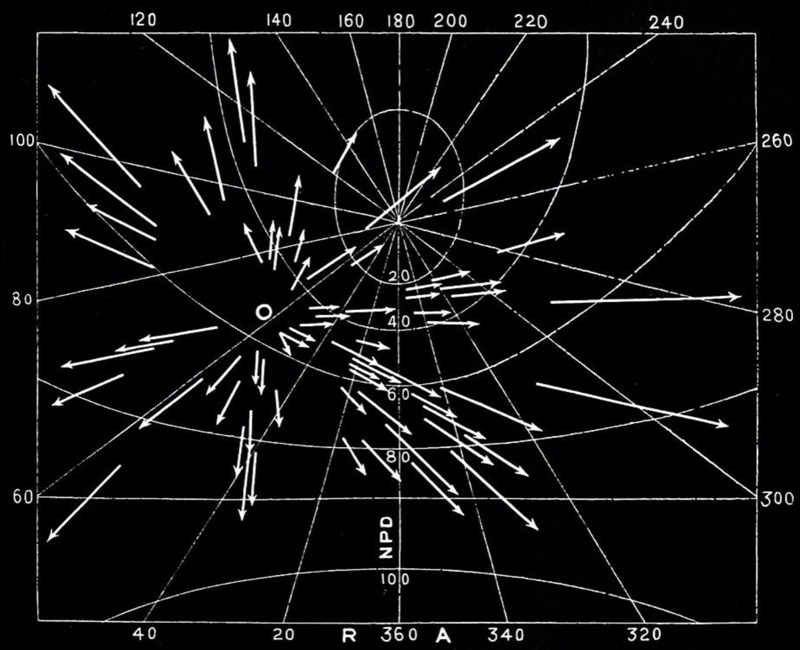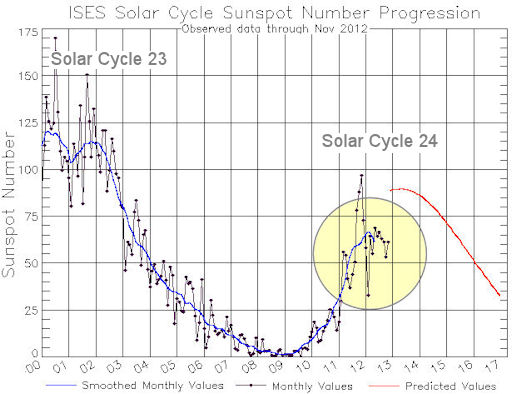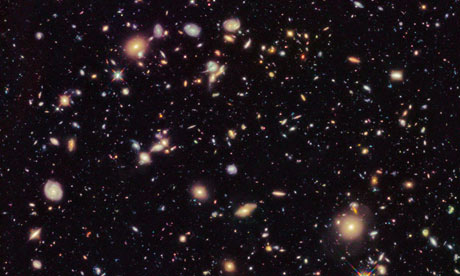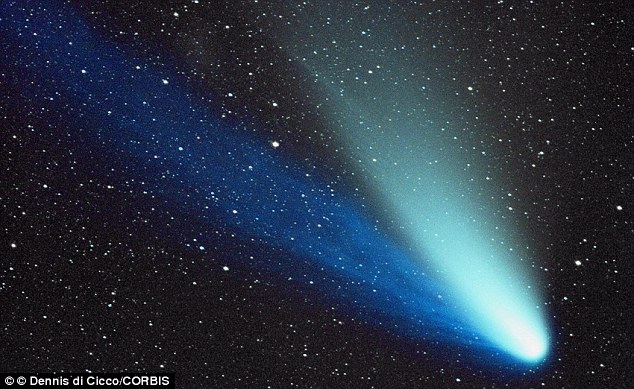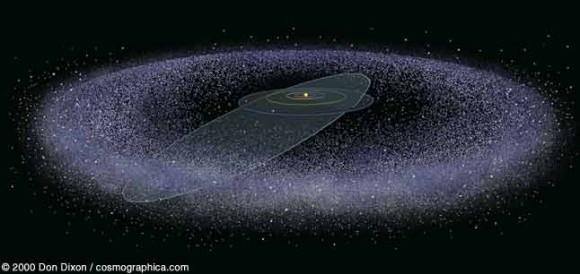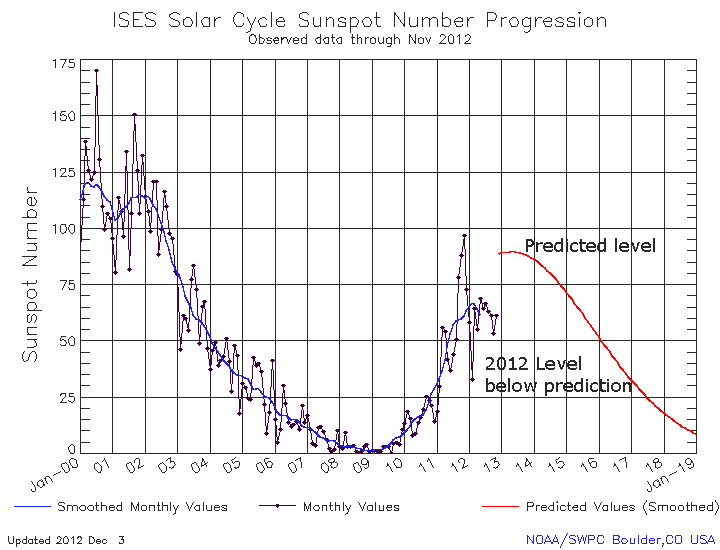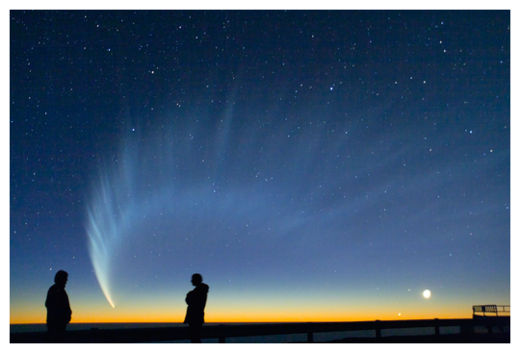
Or so says David Eichler, lead author of a forthcoming Astrophysical Journal Letters paper positing that a sun-grazing comet roughly the size of Hale-Bopp (with a nucleus some 30 kms in diameter), could trigger cosmic ray-generating shockwaves large enough to initiate a global electromagnetic Armageddon.
Eichler, an astrophysicist at Israel's Ben-Gurion University of the Negev in Beer-Sheva, argues that satellites that weren't in protection mode would be wiped out along with most of the world's electronics - everything from micro-circuitry on cell phones to full-scale power stations.
If such a comet were the size of Hale-Bopp, Eichler says, the resulting solar flare would by far be the largest ever observed.
The comet gets compressed and then explodes in the solar atmosphere which, in turn, creates shockwaves, says Eichler.
Eichler thinks that such a sun-grazing comet may have triggered a large solar flare and cosmic ray-generating shockwaves as recently as 775 A.D., as indicated by tree ring analysis pointing to a sudden 1.2 percent spike in atmospheric Carbon 14.
"I'm not saying that [event] couldn't have been caused by a magnetic solar flare, but we've never seen a solar flare nearly that big," said Eichler.
